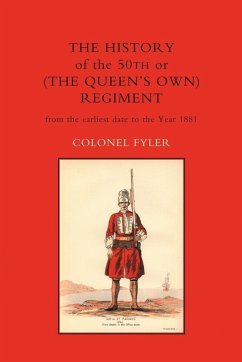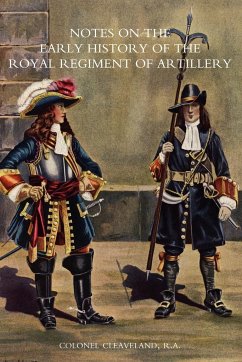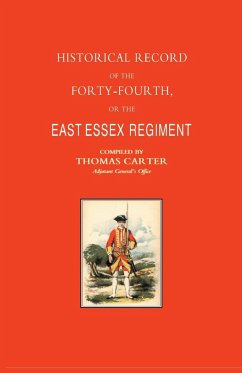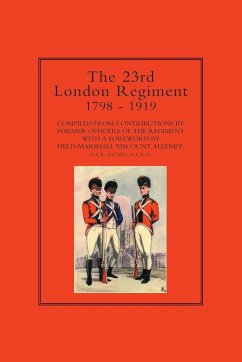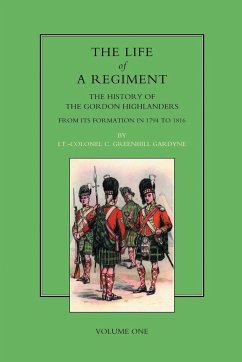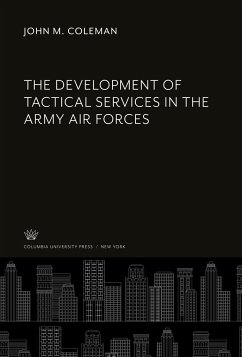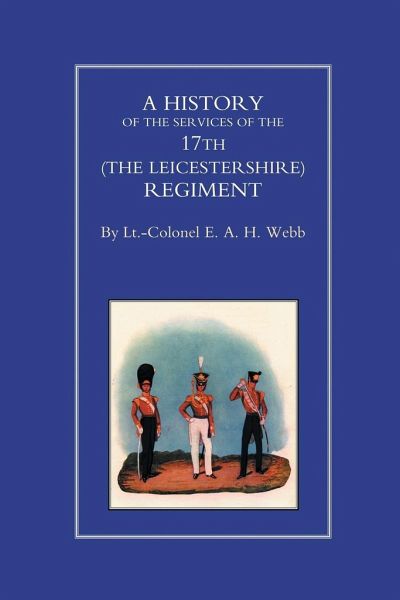
HISTORY OF THE SERVICES OF THE 17th (THE LEICESTERSHIRE) REGIMENT
Versandkostenfrei!
Versandfertig in 1-2 Wochen
75,99 €
inkl. MwSt.

PAYBACK Punkte
38 °P sammeln!
This regimental history is a revision and continuation up to 1910 of the printed Historical Record of the 17th Foot, published in 1848, by Richard Cannon of the War Office. Cannon produced a series of regimental histories in the mid-nineteenth century. The regiment was raised in 1688 by Colonel Solomon Richards for King James II, but a year later allegiance was switched to William III; its first Battle Honour was Namur, in 1695. The regiment was in N America during the War of Independence, then it was sent to the W Indies in the Wars of the French Revolution. In 1804 it went to India where it ...
This regimental history is a revision and continuation up to 1910 of the printed Historical Record of the 17th Foot, published in 1848, by Richard Cannon of the War Office. Cannon produced a series of regimental histories in the mid-nineteenth century. The regiment was raised in 1688 by Colonel Solomon Richards for King James II, but a year later allegiance was switched to William III; its first Battle Honour was Namur, in 1695. The regiment was in N America during the War of Independence, then it was sent to the W Indies in the Wars of the French Revolution. In 1804 it went to India where it remained for twenty years, gaining several battle honours. In 1825 King George IV approved of the regiment "bearing on its colours and appointments the figure of the 'Royal Tiger' with the word 'Hindoostan' superscribed, as a lasting testimony of the exemplary conduct of the corps during the period of its service in India, from 1804 to 1823." Hence the regimental nickname "The Tigers." It was in the Crimea for 18 months from the end of 1854, and at the Siege of Redan Cpl Philip Smith became the first member of the regiment to receive the newly instituted Victoria Cross. In 1858 the 2nd Battalion was raised, though there had been a 2nd Battalion for three short years, 1799 to 1802. The 1st Battalion saw service in the Boer War. The story ends in 1910 with the 1st Battalion in Aldershot with a strength of 801 all ranks, the 2nd was in India (1,031 all ranks) where it had been adjudged the "best regiment at arms" (British regiments) at the 6th Divisional Assault at Arms, Poona. The final chapter is devoted to uniforms, equipment and the Colours (of the eleven colour plates two depict the Colours and the rest uniforms). Appendices list the succession of Colonels and give biographical details; give an account of the Siege of Londonderry in 1689 and the Battle of Sherriffmuir in 1715 and details of regimental silver and regimental music



